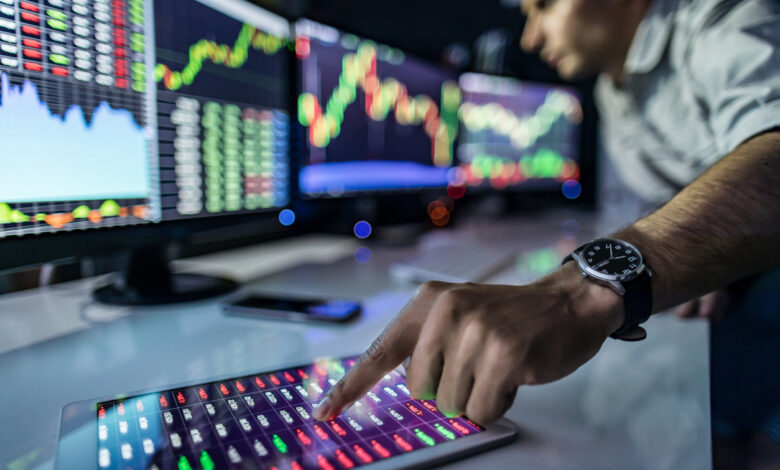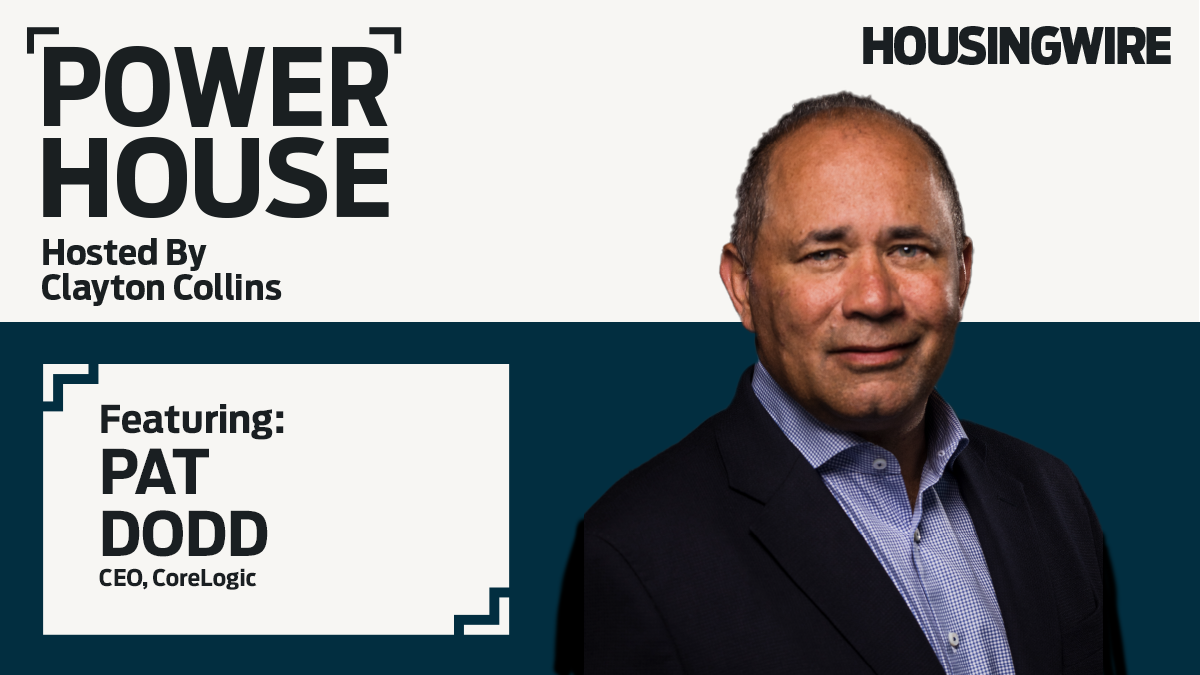Conscious usage of TCA: Making trade analytics more actionable

In the constantly evolving financial markets landscape, where volatility and complexity are continually featured, the ability to discern the true costs of trading has become paramount for investors and institutions alike. If used correctly, transaction cost analysis (TCA) can provide valuable insights in this environment, providing a comprehensive framework to dissect and understand the intricacies of trade execution.
Formerly a compliance box ticking exercise, firms are now leveraging TCA as a tool throughout the execution process to achieve better results. Today, trades are not solely measured by outcome in isolation, but instead, the focus has shifted towards understanding the holistic impact of every transaction on portfolio performance, risk management, and overall market dynamics. TCA offers a sophisticated methodology designed to scrutinise an entire trade journey, from inception to completion, unravelling the hidden costs and opportunities along the way.
Evolution
From its nascent beginnings as a rudimentary tool for post-trade evaluation, TCA has evolved into a more sophisticated device, in some cases utilising advanced analytics and real-time data to assess and bolster trade execution. However, reservations about its usage still exist among users.
“There’s still this mistrust of TCA [among traders] because who’s to say whether I’ve done a good job or not? There are so many different components that answer that question and you can’t capture it all in data,” argues Paul Squires, head of trading, EMEA and APAC equities at Invesco.
“There’s often that initial resistance but we’re moving to a place where traders are now, for the most part, much more engaged with it. Traders look at data and deploy it in a much more meaningful way in terms of their day-to-day job, rather than a monthly compliance check that you need to complete – TCA is becoming something that is much more embedded in trading decisions.”
TCA is evolving towards something more proactive, utilising predictive analytics that enable market participants to anticipate and mitigate execution risks, optimise trading strategies, and help to generate alpha. The data is increasingly being used as more than a simple measurement, but instead is being applied to make better informed trading decisions.
“Some of this has been regulatory driven, of course, but there remains the quest – and rightly so – to utilise TCA for actionable insight and additional alpha, with the users getting smarter and smarter in how they approach this,” says Michael Richter, global head of trading analytics at S&P Global Market Intelligence. “[…] There seems to be more synchronisation around the analysis internally than there ever was.”
Instead of simply being a report on outcomes, TCA is now using real-time data to provide organisations with methods to achieve better outcomes. Back testing with historical data is also being used to identify where a trading decision could’ve been changed to reduce costs while still achieving trading objectives. And these reports are being shared at investor level.
“We’ve gone from providing TCA because it’s a need and a requirement for a regulatory purpose, to actually looking at the TCA to drive future trading decisions and to drive an improvement in the overall outcomes of trading using the data as the insight for that process,” states Victoria Bryan, vice president, lead data analyst for capital markets at Northern Trust.
Value
When it comes to TCA, we’re talking about measuring a theoretical and implicit cost of trading which affects performance. By being able to measure that and then – in the best case – improve on that, a real measurable value linked to TCA is established.
“The value of TCA is you’re spending time thinking about your investment process, how to clean and capture that data, how to communicate that data back to end users in a way to help them understand markets better, understand their counterparties better, and understand their trading workflows better,” says Kevin O’Connor, head of analytics and workflow technology at Virtu Financial.

TCA is only as valuable as the output, and it needs to be incredibly accurate. The interpretation of TCA requires people to know exactly what it is that they’re looking at and ensure it is reliable and robust.
Adding to that, performance can be improved overtime by using post-trade analysis and plugging that back in at a pre-trade level, which can then potentially shift decision making and trading processes.
“As a TCA vendor, we can provide best-in-class proprietary metrics, but it all comes down to how the firms are using the data. TCA and trading analytics are at their most powerful when the output is used in a way to actually tell a clear story,” emphasises Richter.
“TCA was built in the first instance to provide users with benchmark measurement of their trading activity and to provide actionable insight into their trading, the compliance use case was always secondary.”
As much as TCA can provide valuable insights to make data analytics more actionable for traders, Invesco’s Squires reveals a much more practical level in which TCA can be used, particularly in a managerial position.
“If you put data in front of a trader and say, without any agenda, without any bias, your trading data looks a little bit better/worse this month than last – whether those results are authentic and representative or not, what you will get is a response,” he says.
“The benefit of TCA is not from forensically analysing the data – and there is an argument that we have become perhaps a bit too forensic about it – but simply the fact that it creates a discussion with your traders about their performance and why they have behaved in certain ways.”
Usage depending on asset classes
TCA varies across asset classes due to differences in market structure, liquidity and execution dynamics, requiring tailored methodologies and metrics for more meaningful insights and accurate evaluation.
More mature asset classes such as equities tend to be able to extract the most value from TCA, but increasingly other asset classes are becoming more advanced in their use of data and analytics in parallel with increased electronification and on-venue trading in some markets.
Equity TCA is the most robust out of all the asset classes because it has the most market data associated with it, argues Northern Trust’s Bryan. “The other asset classes are more challenging because there is less data available for the comparison,” she says.
Generally speaking, it can be argued that if you’re trading algorithmically or trading on- exchange, you can be pretty granular and precise with the analysis that you’re doing. Something that doesn’t extend to all corners of the markets.

Mark Montgomery
“In fixed income, you’ve got things that are exchange listed, you’ve got very liquid bonds that trade as freely as equities and they’re somewhat easier to measure. However, 90% of bonds don’t trade from issuance to maturity. So how do you even know what the right benchmark could be for something that doesn’t trade if you were forced into that execution?” questions Mark Montgomery, head of strategy and business development at big xyt.
“The more regulated the market and the more exchange driven it is, the more effective I believe the TCA can be.”
Over the years, TCA within asset classes such as fixed income has grown into a more mainstream product, being used by investment institutions worldwide.
However, “each asset class has to be taken on its own merits, as they have unique market microstructures and nuances which have to be taken into account,” argues Richter. “We see much more of a compliance use case in these asset classes as opposed to the preferred actionable insight approach.”
Similarly, foreign exchange (FX) TCA can be argued to be less developed when compared to equities. However, it has grown from simply defining what was being measured, to now determining if there is something that can be applied differently to improve trading outcomes.
“The principles are generally the same across asset classes – measure first, decide if there’s some way to compare it to an alternative and decide if it’s worthwhile to change the process to actually lower costs,” says O’Connor.
Making trade analytics more actionable
With growing amounts of available data, it brings into question how this is applied. Having data is only useful if it is then used to better inform trading decisions. TCA culminates knowledge of past outcomes and pushes it towards making a recommendation for how one can trade a specific order when a similar scenario comes about.
“There are some benchmarking elements which are based on normal market conditions or our own historic trading data,” says Invesco’s Squires. “Then there’s a sense of what’s actually happening in the market at the particular moment, where trader instinct can override the data-driven, backward-looking recommendation. The point being that the signal in an EMS to make that recommendation, is looking at historic TCA. TCA is really gauging whether the previous way you traded it worked well or not.”
Building on this, TCA is able to provide insights into who has been traded with, how it was traded, and the costs associated with that trade, while also providing potential new techniques to tackle that trade in the future.
“It’s actionable in the sense that I’ve analysed data, drawn conclusions from that and then used it to perhaps make a change in how I’m segmenting orders, how I’m routing orders and who I’m giving those orders to,” says O’Connor.
Ultimately, it comes down to how firms are using the data. “Gone are the days of people just looking at implementation shortfall and VWAP,” emphasises Richter. “There is a need to understand direct market impact, reversions, liquidity vs aggressiveness, adverse tick activity etc. Using these smarter metrics where necessary, provides a much more valuable analyses.”
To make trade analytics more actionable, we see increasing collaboration between traders and data scientists and/or research analysts. The core benefit of the these typically separate teams communicating with one another is helping shift data into something that is more substantial and useful in the grand scheme of trading.

Victoria Bryan
“If you look at equity TCA and you look at all of the data points that are available, it can be overwhelming to look at and you’re not really sure how to get those actionable insights out of that analysis. If you have an analyst or data scientist, a team of people that are able to disseminate that information, what they can do is they can find what those post-trade insights are,” says Bryan. “By putting it into some sort of pre-trade
philosophy or mechanism, you’re able to test if those actionable insights were valuable and then that gives you more data to support getting closer and closer to the best results over time.”
Collaboration is key
Increased collaboration between traders and data scientists is proving beneficial in helping improve future execution strategies. It is worth noting, however, that a huge level of trust needs to exist between the two.
Collaboration needs to be impartial. If traders don’t have the confidence in the underlying data, or the people presenting that data, it is not going to be as valuable. In the same breath, it has to be understood that the role of the trader is still paramount.
“Once people realise that you can’t exclusively do this from a data science view, you need to pair it with someone who is living and breathing in this environment, that’s when you start to really get some of these experiments that are successful, where you actually start to see cost savings or optimised trading,” argues Erin Stanton, global head of portfolio and trading analytic client support at Virtu Financial.
“We’re starting to think about how we can summarise down the metrics to two or three really easy to consume pieces of information and present those to the trader as a co-pilot scenario. It’s not autopilot – I’m not bypassing the trader – I’m instead enabling the trader with better information than they had previously.”
Collaboration is essential, however, trader intuition is still incredibly important given the varying nature of financial markets on a daily basis.
“The trading research team can do much better analysis on smaller orders, partly because liquidity profiles are easier to understand and are more predictable. As soon as you get an order that’s more than about 30% of average daily volume – i.e. spans more than a single day – a lot of those metrics go out the window,” argues Squires.

Kevin O’Connor
“We let the research team run with their testing on systematic orders but we definitely apply a liquidity profile above which we need to be more circumspect about pure quantitative analysis and that’s where traders can apply their own experience, instinct and dynamic knowledge of the market and reading of the market.”
With increased trust and an understanding of the roles played by the trader and data scientist, once the value of TCA is established, the data can help free up time for traders to focus on more important, higher value trades.
“It frees up the trading desk to carry out their primary function of trading knowing that the performance numbers and TCA data are being scrutinised by an expert who will highlight patterns and trends which feedback to the trading desk and ultimately add significant alpha to the way orders are traded,” says Richter. “It’s not so much a luxury anymore but more of a necessity to have this type of resource.”
Moving forward
As with anything related to technology, improvements can still be made, with the same applying for TCA. Although improvements within this function can appear to be incremental, it is still worth acknowledging that progress is being made – be it through more actionable data insights or improved usage of TCA in asset classes apart from equities.
“Thinking about things like consolidated tape as an industry, that’s being worked on in fixed income and progress is being made – that’s the type of thing that would improve the value of a fixed income TCA report and the output of that report,” suggests Bryan.
“Trying to get to the state that we’re at with equities with the other asset classes may be somewhat of an impossible dream, but if people aim for that to be the golden standard, the closer we get to that, the more valuable TCA is going to be for the other asset classes.”
As TCA progresses and improves, the hope is that trade analytics can become more actionable, resulting in improved trading outcomes for its users. The advancement shouldn’t be viewed as an attack on a traders’ abilities, but instead something that aids processes.

Erin Stanton
“One thing that I think people forget is traders have ears, having the communication through our eyes and mouths is one thing, but what you hear around on a trading desk is harder to bring to bear,” says Montgomery. “The interpretation of market movement at the moment in time and the ability to filter out the noise as well is important.”
As previously noted, collaboration between traders and data scientists is essential as it has the ability to merge domain expertise with quantitative rigor, ensuring that insights derived from data actually align with the reality of current markets.
“To turn even comprehensive data analysis into a decision about how you trade differently is really difficult – but our aspiration – as you can end up being a bit too swamped with data and unable to draw any clear conclusions. Where this can evolve is drawing on reliable, pre-trade and proprietary data in your EMS which is smart enough to make a trading recommendation based on an expected trading cost vs an execution outcome that is ‘guaranteed’. It should be easier than it currently is – the concept is simple – but getting trustworthy data is really, really challenging. That’s where we aim to get to,” concludes Squires.



